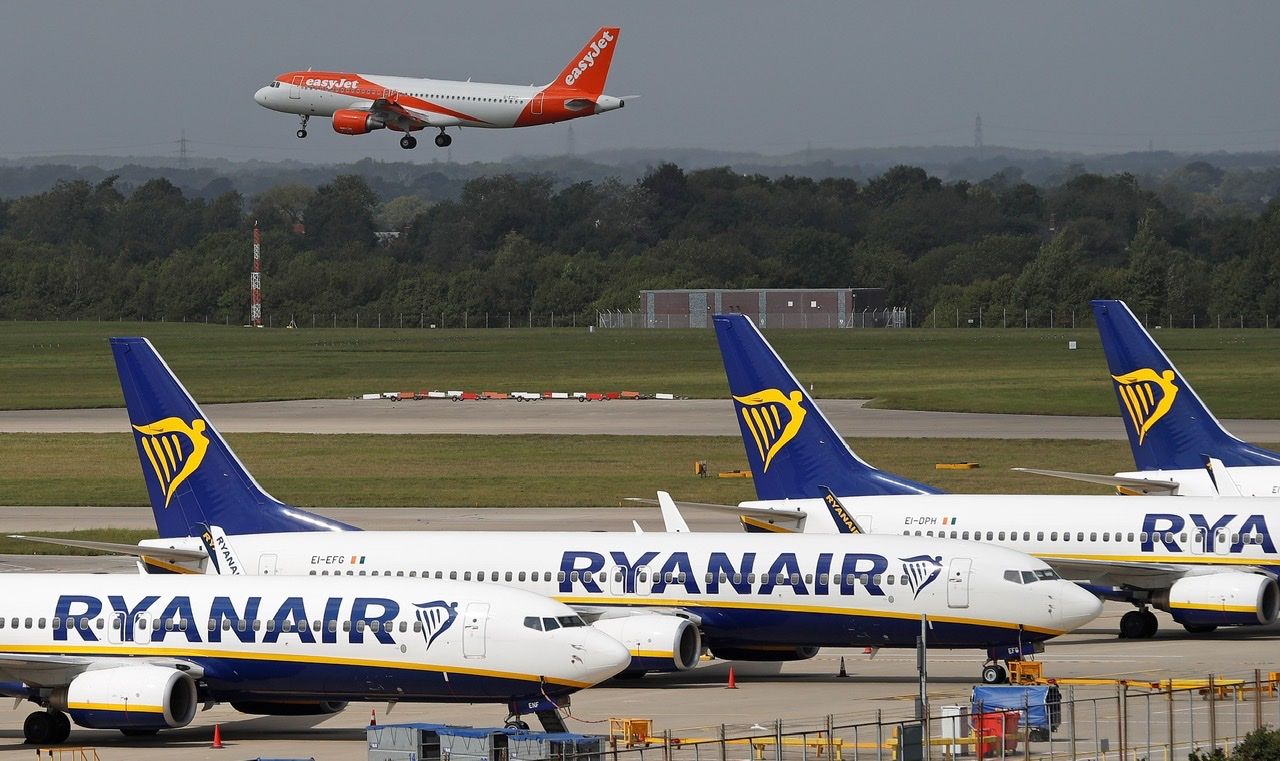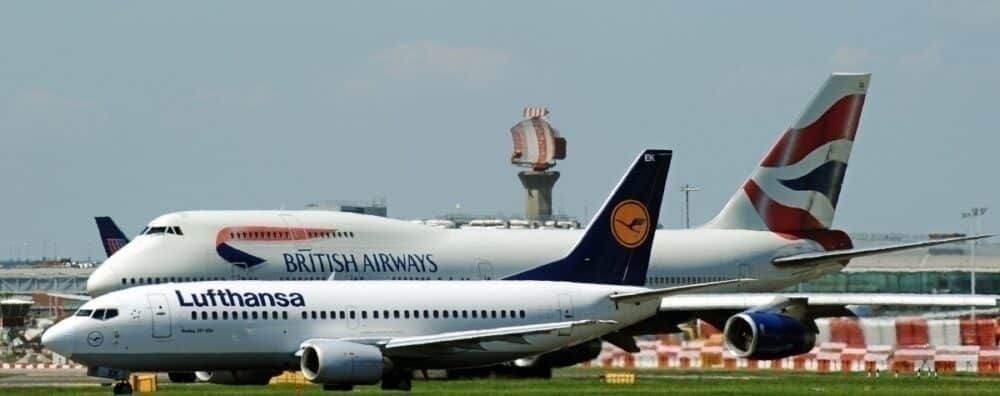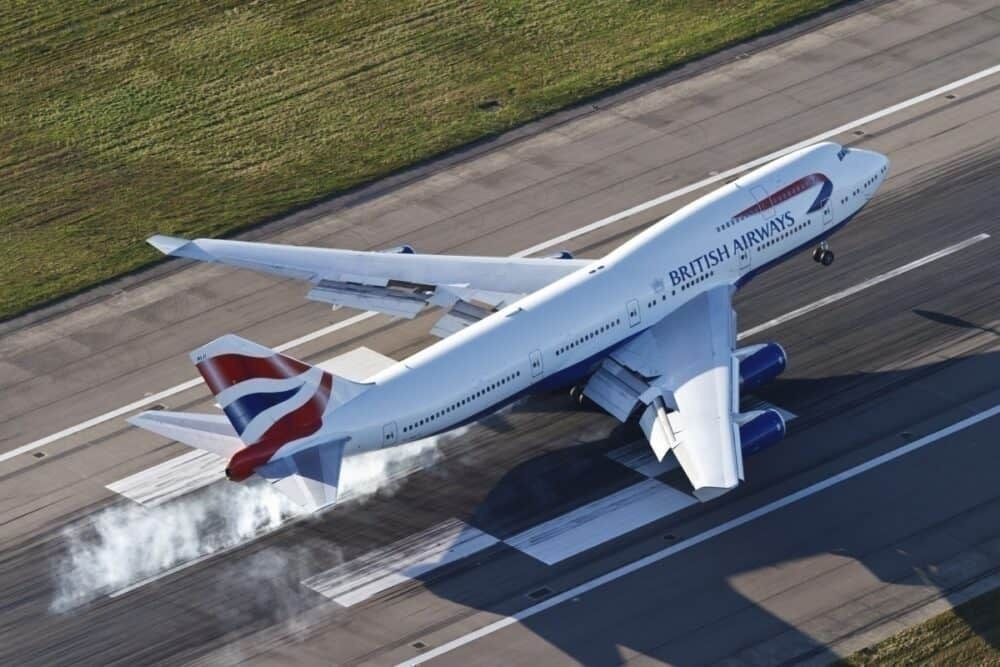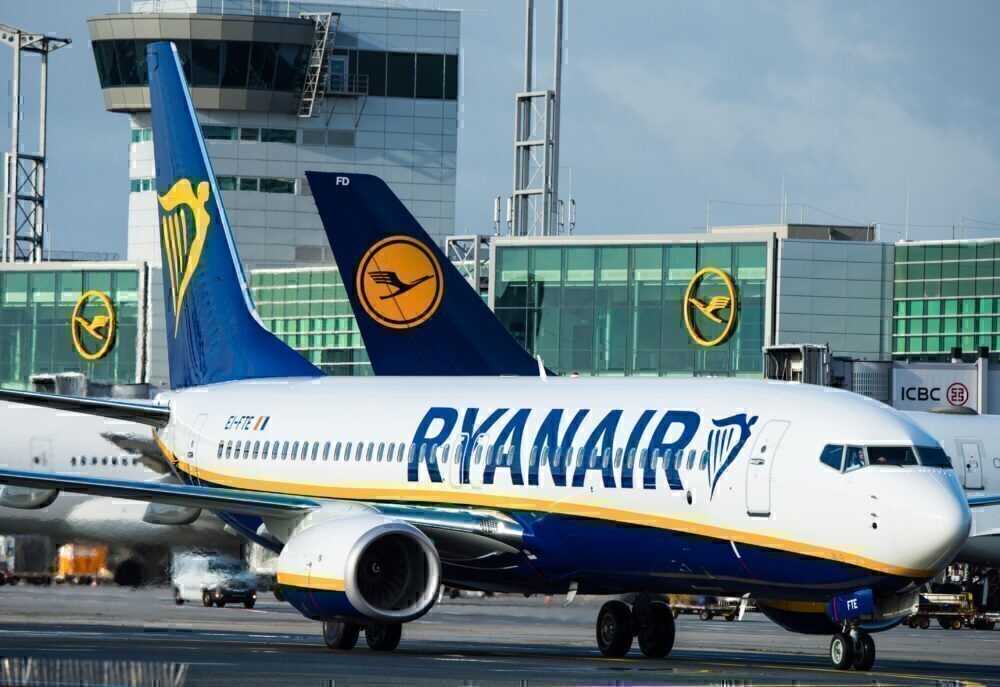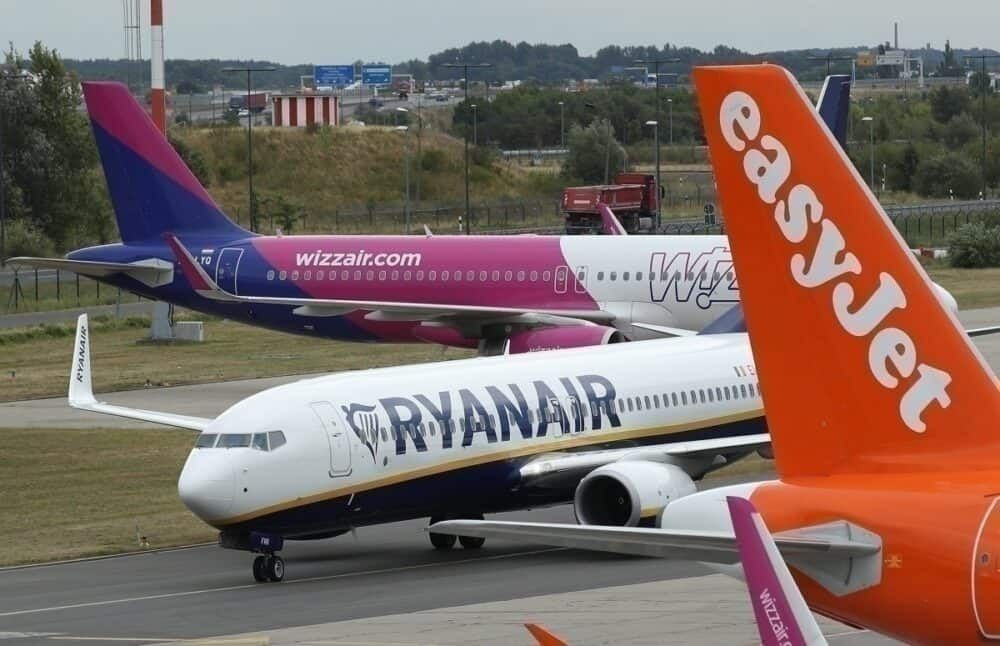Low-cost carriers (LCCs) are an integral part of modern-day European aviation. Some of these companies are the biggest airlines on the continent. However, this type of operator is somewhat new in the market compared to a traditional full-service airline. Let's take a look at the rise of the LCC in Europe.
A slower transition
The European Commission highlights that the revolutions in single market aviation did not occur overnight. There was gradual progress throughout the latter years of the 20th century. In comparison, the Airline Deregulation Act of 1978 in the United States saw drastic changes to the industry almost immediately.
Notably, with US airline deregulation, several existing powerhouses struggled and either merged or perished, while low-cost carriers such as Southwest Airlines found new opportunities and became national entities. LCCs in Europe found success later than their counterparts across the pond. Ryanair was founded in 1984, but it was only at the turn of the 1990s that it relaunched as “Europe's first low fares airline.”
The Single European Act of 1986 was the start of a continuous process to open up competition in Europe. Three liberalization packages were introduced from 1987 onwards. Thus, by the middle of the 1990s, all remaining commercial restrictions for European airlines operating within the EU were removed. This had set up a single aviation market within the member states, Norway, Iceland and Switzerland, and some other applicable neighboring countries.
Stay informed: Sign up for our daily aviation news digest.
The initial impact
In 1996, the EU emphasized that the dismantling of national air barriers saw the number of routes increase and monopolies break up. 20 new airlines had already opened up, and fares had fallen. The institution shared that 90% of passengers were now traveling with cheap tickets.
There were several key implications of the liberalization process. In 1996, 30% of routes in the European Community were served by two carriers, and 6% by three or more airlines. The latter figure was only 2% in 1993. Moreover, the number of routes flown was 520, compared with 490 three years earlier.
Along with this, 80 new operators emerged while 60 were phased out, highlighting the fierce competition that was rising on the continent. Notably, the new players in town brought lower fares with them as prices fell on the routes where at least three airlines were serving.
One of the most notable LCCs to debut during this period was easyJet. The British carrier was founded in March 1995. It developed well through a combination of acquisitions and base openings pushed by passenger demand for low fares.
Today, low-cost specialists account for half of the top then airlines in Europe based on the number of passengers served. In 2019, Ryanair served over 150 million passengers. Moreover, the emergence of LLCs didn’t stop in the 1990s. The likes of Wizz Air were founded in the new century and are continuing to grow their presence not only in Europe but across the globe.
The wider consequences
The International Civil Aviation Organization (ICAO) conducted a study about the consequences of the rise of LCCs. The increase in low-cost carriers evidently impacted the status quo of the European aviation market.
"In contrast to the rapid growth in the number of flights and seats supplied by the low cost carriers, the output of full service providers has either stagnated or contracted. The main carriers therefore find themselves in somewhat less dominant market positions in their home market. Customers have not lost out in terms of the routes served or the flights offered, but the incumbents have marginally reduced in importance in these markets," ICAO shared in the study.
"However, relatively few of the short haul markets served from London by the major carriers have experienced a reduction in capacity, which is most likely due to the need for these carriers to feed passengers into their long-haul network. This would seem to suggest that in the principal short haul markets, low cost developments have not forced network carriers to retrench. It is in the smaller markets that incumbents are more likely to reduce capacity in the face of increased competition."
Strong growth
LCCs continued their dominant rise into the new millennium. Their market share continued to grow as they mastered their approach.
"The low-cost carriers rapidly made substantial inroads in the intra-EU market after the liberalisation, partly by generating new demand on unique routes partly by cannibalising demand of full-service carriers in direct competition on the same routes and partly also indirectly on parallel or semi parallel routes. The low-cost market share in Europe grew in the period 2001-2013 from 3% to 27%," The International Transport Forum shared in a research document.
"The difference in airfares between full-service carriers and low-cost carriers reflected in the structurally lower unit costs strongly contributed to this growth in market share by generating new low fare demand."
Eventually, some older airlines had to adapt to the new climate. For instance, Monarch Airlines, a veteran in the industry, switched its model in favor of a low-cost approach in 2004. Subsequently, the firm ceased operations in 2017.
Here to stay
Altogether, low-cost carriers opened up several new opportunities for businesses and the public. It became cheaper to fly across Europe than it is to take a train across the same country. There have been concerns about the ability to keep up this approach with transformations such as Brexit. However, at least, for now, LCCs are confident that they can maintain their models.
What are your thoughts about the rise of low-cost carriers in Europe? What do you think of the market's future this decade? Let us know what you think of the airlines in the comment section.

